Home>Home Appliances>Kitchen Appliances>How To Make A Shot Glass


Kitchen Appliances
How To Make A Shot Glass
Modified: February 18, 2024
Learn how to make a shot glass at home with simple kitchen appliances. Impress your guests with your DIY skills and creativity. Step-by-step guide for crafting your own shot glasses.
(Many of the links in this article redirect to a specific reviewed product. Your purchase of these products through affiliate links helps to generate commission for Storables.com, at no extra cost. Learn more)
Introduction
Creating your own shot glasses can be a fun and rewarding DIY project that allows you to personalize your glassware and impress your guests. Whether you're a seasoned craftsman or a novice looking for a creative outlet, making shot glasses at home can be an enjoyable and fulfilling experience. With a few simple materials and a bit of patience, you can craft unique shot glasses that reflect your style and personality.
In this comprehensive guide, we will walk you through the step-by-step process of making your own shot glasses from scratch. From gathering the necessary materials to shaping and smoothing the glass, each stage of the process will be carefully explained to ensure that you can create stunning shot glasses with ease.
By following this guide, you'll not only learn the art of glassmaking but also gain a deeper appreciation for the craftsmanship involved in creating functional and aesthetically pleasing glassware. Whether you're looking to add a personal touch to your home bar or seeking a creative project to engage in, making shot glasses is a fantastic way to unleash your creativity and produce something truly unique.
So, roll up your sleeves, gather your materials, and get ready to embark on an exciting journey into the world of glassmaking. With a bit of creativity and a willingness to experiment, you'll soon be sipping your favorite spirits from handcrafted shot glasses that are sure to be the envy of your friends. Let's dive into the process and discover how to make your very own shot glasses from start to finish.
Key Takeaways:
- Crafting shot glasses is a fun and rewarding DIY project that blends creativity and precision. From shaping the glass to refining the edges, each step reflects the dedication required to create unique and enduring glassware.
- The journey of crafting shot glasses celebrates artistry and the timeless allure of handmade glassware. Each vessel embodies the artisan’s dedication to excellence, offering a unique and captivating vessel for savoring spirits.
Read more: How To Pour A Shot Without A Shot Glass
Materials Needed
To embark on the journey of creating your own shot glasses, you'll need a few essential materials to ensure a smooth and successful glassmaking process. Here's a comprehensive list of the items you'll need to gather before diving into this exciting DIY project:
-
Glass Rods or Sheets: The primary material for crafting shot glasses is glass. You can choose from a variety of glass rods or sheets, depending on your preference and availability. Borosilicate glass is a popular choice due to its durability and suitability for glassblowing.
-
Glass Cutter: A reliable glass cutter is essential for shaping the glass rods or sheets to the desired size and form. Look for a high-quality glass cutter that provides precision and control during the cutting process.
-
Glassblowing Torch or Kiln: Depending on your preferred glassworking method, you'll need either a glassblowing torch or a kiln. A torch is commonly used for lampworking, while a kiln is suitable for fusing and shaping glass in a controlled environment.
-
Safety Gear: Working with glass requires adequate safety precautions. Ensure you have safety goggles, heat-resistant gloves, and a well-ventilated workspace to protect yourself from potential hazards during the glassmaking process.
-
Mold or Graphite Paddle: If you plan to shape the glass using a mold, make sure you have a suitable mold designed for creating shot glasses. Alternatively, a graphite paddle can be used for hand-shaping the glass during the glassblowing process.
-
Measuring Tools: Accurate measurements are crucial for crafting shot glasses with consistent dimensions. Have a ruler or calipers on hand to measure and cut the glass precisely.
-
Cooling and Annealing Equipment: After shaping the glass, it needs to be properly cooled and annealed to ensure its structural integrity. If you're using a kiln, make sure you have the necessary annealing equipment to gradually cool the glass to room temperature.
-
Optional Decorative Elements: If you want to add decorative touches to your shot glasses, consider having colored glass rods, frit, or other embellishments to incorporate into your designs.
By gathering these essential materials, you'll be well-prepared to begin the process of crafting your own unique shot glasses. With the right tools and a passion for creativity, you'll soon be on your way to producing stunning handmade shot glasses that reflect your personal style and craftsmanship.
Step 1: Gather Your Supplies
Before diving into the exciting process of creating your own shot glasses, it's crucial to gather all the necessary supplies to ensure a smooth and efficient glassmaking experience. By having the right tools and materials at your disposal, you'll be well-equipped to embark on this creative DIY journey.
The first essential item you'll need is the primary material for crafting shot glasses: glass rods or sheets. Borosilicate glass is a popular choice due to its durability and suitability for glassblowing. Whether you opt for glass rods or sheets, ensure that you have an ample supply to accommodate experimentation and potential mishaps during the glassmaking process.
A reliable glass cutter is indispensable for shaping the glass to the desired size and form. Look for a high-quality glass cutter that provides precision and control during the cutting process. This tool will be instrumental in achieving accurate and clean cuts, laying the foundation for well-crafted shot glasses.
Depending on your preferred glassworking method, you'll need either a glassblowing torch or a kiln. A torch is commonly used for lampworking, allowing for intricate shaping and manipulation of the glass. On the other hand, a kiln is suitable for fusing and shaping glass in a controlled environment, offering precise temperature regulation for annealing the glass.
Safety gear is paramount when working with glass. Ensure you have safety goggles to protect your eyes from potential shards or debris, heat-resistant gloves to shield your hands from the intense heat, and a well-ventilated workspace to minimize exposure to fumes and ensure a comfortable working environment.
If you plan to shape the glass using a mold, make sure you have a suitable mold designed for creating shot glasses. Alternatively, a graphite paddle can be used for hand-shaping the glass during the glassblowing process, providing flexibility and control in forming the shot glass's structure.
Accurate measurements are crucial for crafting shot glasses with consistent dimensions. Have a ruler or calipers on hand to measure and cut the glass precisely, ensuring uniformity across multiple glasses and achieving professional-quality results.
After shaping the glass, it needs to be properly cooled and annealed to ensure its structural integrity. If you're using a kiln, make sure you have the necessary annealing equipment to gradually cool the glass to room temperature, preventing internal stresses and potential breakage.
Optional decorative elements, such as colored glass rods, frit, or other embellishments, can add a personalized touch to your shot glasses. Consider incorporating these elements into your designs to elevate the visual appeal of your handmade creations.
By gathering these essential supplies, you'll be well-prepared to begin the process of crafting your own unique shot glasses. With the right tools and materials at your disposal, you'll have the foundation for a successful and fulfilling glassmaking endeavor.
Step 2: Prepare the Glass
Before delving into the intricate process of shaping and molding the glass, it is crucial to prepare the glass material for the upcoming transformation. This preparatory phase sets the stage for the subsequent steps and ensures that the glass is primed for manipulation and crafting.
The first step in preparing the glass involves inspecting the quality and integrity of the material. Carefully examine the glass rods or sheets to identify any imperfections, such as cracks, chips, or irregularities. It is essential to work with high-quality glass that is free from defects, as these flaws can compromise the structural integrity of the shot glasses and hinder the crafting process.
Once the glass has been inspected and deemed suitable for use, it is time to clean the surface to remove any dust, debris, or contaminants that may affect the glassworking process. Using a gentle glass cleaner or a solution of water and mild detergent, carefully wipe down the glass to ensure that it is free from any foreign particles that could interfere with the cutting and shaping procedures.
After cleaning the glass, it is advisable to mark the cutting lines or dimensions for the shot glasses using a glass marker or a scoring tool. Accurate measurements are crucial for achieving uniform and symmetrical shot glasses, so take the time to mark the glass according to the desired dimensions. Whether you prefer standard shot glass measurements or wish to create custom sizes, precision in marking the glass is essential for a successful outcome.
With the cutting lines clearly delineated, it is time to proceed with the cutting process. Using a reliable glass cutter, carefully score along the marked lines to create clean and precise cuts. Exercise caution and maintain a steady hand to ensure that the glass is cut to the intended dimensions without any splintering or uneven edges.
Once the glass has been cut into individual pieces for the shot glasses, it is essential to refine the edges to remove any sharp or jagged areas. Using a glass grinder or sanding tools, carefully smooth the edges of the glass to create a safe and comfortable rim for the shot glasses. This step is crucial for ensuring that the finished shot glasses are not only visually appealing but also safe to handle and use.
By meticulously preparing the glass material through inspection, cleaning, marking, cutting, and edge refinement, you will set the foundation for the subsequent stages of the glassmaking process. This meticulous preparation ensures that the glass is ready for shaping and transformation, paving the way for the creation of exquisite and functional handmade shot glasses.
Step 3: Create the Base
With the glass material prepared and the initial steps completed, it's time to delve into the intricate process of creating the base of the shot glasses. The base serves as the foundation for the entire structure, providing stability and a solid anchor for the glassware. This crucial step requires precision and attention to detail to ensure that the shot glasses are not only visually appealing but also functional and durable.
To begin creating the base, it's essential to heat the bottom portion of the prepared glass using a glassblowing torch or a kiln. The application of heat softens the glass, making it malleable and conducive to shaping. Carefully rotate the glass to ensure uniform heating, allowing the heat to gradually penetrate the material without causing thermal shock.
Once the glass reaches the optimal temperature for manipulation, it's time to shape the base. Using specialized tools such as a graphite paddle or a shaping mold designed for shot glasses, gently press and manipulate the heated glass to form the desired base shape. Whether you prefer a flat, rounded, or flared base, precision and control are paramount in achieving the intended design.
As the base takes form, it's important to monitor the shaping process closely, ensuring that the glass maintains structural integrity and symmetry. The base should be proportionate to the overall size of the shot glass, providing a balanced and stable foundation for the vessel. Attention to detail during this stage contributes to the overall aesthetic appeal and functionality of the finished shot glasses.
After shaping the base, it's crucial to anneal the glass to relieve internal stresses and strengthen its molecular structure. Gradually cooling the glass in a controlled manner using an annealing kiln minimizes the risk of breakage and ensures the long-term durability of the shot glasses. Proper annealing is essential for enhancing the resilience and longevity of the glassware, making it suitable for regular use.
By meticulously creating the base of the shot glasses through precise heating, shaping, and annealing, you lay the groundwork for producing high-quality and visually striking glassware. The base serves as a testament to the craftsmanship and attention to detail invested in the glassmaking process, resulting in exquisite shot glasses that are both functional and aesthetically pleasing.
When making a shot glass, use a high-quality, clear glass to ensure the best results. Make sure to measure and cut the glass carefully to avoid any sharp edges. Sand the edges to make them smooth and safe for use.
Read more: How Large Is A Shot Glass
Step 4: Shape the Glass
With the base of the shot glasses meticulously crafted and annealed to perfection, the next pivotal step in the glassmaking process involves shaping the body and creating the distinctive form of the shot glasses. This stage demands precision, creativity, and a keen eye for detail to ensure that the glasses exhibit a harmonious balance of aesthetics and functionality.
To commence the shaping process, the prepared glass is carefully heated once again, allowing it to reach a pliable state conducive to manipulation. Whether utilizing a glassblowing torch or a kiln, the controlled application of heat softens the glass, enabling the artisan to mold and sculpt the material with finesse and artistry.
As the glass reaches the optimal temperature for shaping, the artisan skillfully employs shaping tools, such as jacks, tweezers, or molds, to impart the desired form and dimensions to the shot glasses. Whether aiming for classic cylindrical shapes, elegant fluted designs, or innovative sculptural variations, the shaping phase is where the artistic vision comes to life through the transformative power of heat and craftsmanship.
Throughout the shaping process, meticulous attention is devoted to maintaining uniformity and symmetry in the glassware. The artisan carefully rotates and manipulates the heated glass, ensuring that the body of each shot glass exhibits consistent thickness, smooth contours, and a visually captivating silhouette. This dedication to precision results in shot glasses that exude elegance and refinement, embodying the artistry and skill inherent in the glassmaking craft.
As the individual shot glasses take shape, the artisan infuses each vessel with character and personality, infusing the glass with a unique identity that sets it apart from mass-produced alternatives. Whether incorporating subtle embellishments, delicate flares, or captivating color gradients, the shaping phase allows for artistic expression and individuality to shine through in each handcrafted piece.
Upon achieving the desired form and aesthetic appeal, the shaped shot glasses undergo a meticulous annealing process to fortify their structural integrity and resilience. Gradually cooling the glass in an annealing kiln ensures that the shot glasses emerge from the transformative journey with enhanced durability and the capacity to withstand the rigors of everyday use.
By meticulously shaping the glass with precision, creativity, and a dedication to craftsmanship, the artisan brings to life a collection of exquisite shot glasses that embody the fusion of art and functionality. Each glass stands as a testament to the artisan's skill and vision, offering a unique and captivating vessel for savoring spirits and adding a touch of elegance to any gathering.
Step 5: Smooth the Edges
After shaping the body of the shot glasses, the next critical step in the glassmaking process involves meticulously smoothing the edges to ensure a flawless and safe finish. This phase is essential for refining the tactile and visual appeal of the shot glasses, as well as enhancing their usability and comfort during handling.
To commence the edge-smoothing process, the artisan carefully inspects the rims of the shot glasses to identify any irregularities, sharp edges, or imperfections resulting from the shaping and annealing stages. Attention to detail is paramount, as the goal is to achieve uniformly smooth and polished edges that exude craftsmanship and quality.
Using specialized glassworking tools such as diamond hand pads, sanding belts, or polishing discs, the artisan meticulously refines the edges of each shot glass, gradually smoothing away any roughness or unevenness. This meticulous approach ensures that the rims of the shot glasses are not only aesthetically pleasing but also safe and comfortable to the touch.
Throughout the edge-smoothing process, the artisan exercises precision and patience, carefully working the glass to achieve a consistent and flawless finish. By gradually refining the edges with controlled movements and gentle pressure, the artisan transforms the raw glass into refined and elegant vessels that are a joy to behold and handle.
As the edges are smoothed to perfection, the shot glasses undergo a final inspection to ensure that the refinement process has yielded impeccable results. Any remaining imperfections or irregularities are meticulously addressed, reaffirming the commitment to producing high-quality and visually stunning glassware.
Upon completion of the edge-smoothing phase, the shot glasses are ready to showcase their exquisite craftsmanship and refined elegance. The smooth and polished edges not only enhance the visual allure of the glassware but also contribute to a delightful tactile experience, allowing users to savor their favorite spirits with comfort and sophistication.
By dedicating meticulous attention to smoothing the edges, the artisan elevates the shot glasses to a level of unparalleled refinement and quality, ensuring that each vessel embodies the artistry and precision inherent in the glassmaking craft. The seamless fusion of form and function culminates in a collection of shot glasses that stand as a testament to the artisan's dedication to excellence and the timeless allure of handcrafted glassware.
Step 6: Let It Cool
After the intricate processes of shaping, refining, and perfecting the shot glasses, the final step in the glassmaking journey is to allow the meticulously crafted vessels to cool gradually. This crucial phase is essential for solidifying the structural integrity of the glassware and ensuring that it emerges from the transformative journey with enhanced durability and resilience.
As the shaped shot glasses undergo the cooling process, they are carefully transferred to an annealing kiln, where they will be subjected to controlled cooling cycles. This gradual cooling approach is designed to relieve internal stresses within the glass, minimizing the risk of thermal shock and potential breakage. By allowing the glass to cool at a carefully regulated pace, the shot glasses undergo a transformative journey that enhances their strength and longevity.
The annealing kiln provides a controlled environment for the cooling process, ensuring that the shot glasses are exposed to gradually decreasing temperatures over a specified duration. This meticulous approach minimizes the likelihood of thermal differentials within the glass, resulting in uniformly tempered and resilient shot glasses that are well-equipped to withstand the demands of everyday use.
Throughout the cooling phase, the shot glasses undergo a gradual transition from their malleable state to a solid and stable form. This transformation is a testament to the craftsmanship and precision invested in the glassmaking process, culminating in the emergence of exquisite and durable vessels that embody the fusion of art and functionality.
As the shot glasses complete the cooling cycle and reach room temperature, they are carefully removed from the annealing kiln, revealing their final form and character. Each vessel stands as a testament to the artisan's dedication to excellence and the timeless allure of handcrafted glassware, offering a unique and captivating vessel for savoring spirits and adding a touch of elegance to any gathering.
By allowing the shot glasses to cool gradually in the annealing kiln, the artisan ensures that each vessel emerges from the transformative journey with enhanced durability, resilience, and the capacity to withstand the rigors of everyday use. This meticulous cooling process represents the culmination of the glassmaking journey, yielding a collection of exquisite shot glasses that embody the artistry and precision inherent in the craft of handmade glassware.
Conclusion
In conclusion, the art of crafting shot glasses from scratch is a captivating journey that blends creativity, precision, and craftsmanship into a seamless fusion of art and functionality. From the initial preparation of the glass material to the meticulous shaping, refining, and cooling processes, each step in the glassmaking journey contributes to the creation of exquisite and enduring shot glasses that embody the timeless allure of handmade glassware.
Throughout the comprehensive guide, we have delved into the intricacies of crafting shot glasses, exploring the essential materials, the meticulous preparation of the glass, the artful shaping of the body, and the refinement of the edges. Each stage of the process reflects the dedication and skill required to transform raw materials into refined and elegant vessels that elevate the experience of savoring spirits.
The journey of crafting shot glasses is not merely a technical endeavor; it is a testament to the artisan's commitment to excellence and the enduring appeal of handcrafted glassware. Each shot glass that emerges from this transformative process embodies the artisan's vision, precision, and artistry, offering a unique and captivating vessel for enhancing the enjoyment of spirits and adding a touch of sophistication to any gathering.
As the shot glasses cool to their final form, they stand as tangible expressions of the artisan's dedication to quality and the timeless allure of handmade craftsmanship. Whether displayed as works of art or used to savor favorite spirits, these handcrafted shot glasses serve as a reminder of the enduring beauty and functionality inherent in artisanal glassware.
In embarking on the journey of crafting shot glasses, artisans and enthusiasts alike gain a deeper appreciation for the art of glassmaking and the meticulous processes that yield exceptional results. The satisfaction of creating personalized and enduring shot glasses from raw materials is a testament to the enduring appeal of handmade craftsmanship and the joy of infusing creativity into functional art.
Ultimately, the journey of crafting shot glasses is a celebration of artistry, precision, and the timeless allure of handmade glassware. Each vessel that emerges from this transformative process embodies the artisan's dedication to excellence, offering a unique and captivating vessel for savoring spirits and adding a touch of elegance to any occasion.
Frequently Asked Questions about How To Make A Shot Glass
Was this page helpful?
At Storables.com, we guarantee accurate and reliable information. Our content, validated by Expert Board Contributors, is crafted following stringent Editorial Policies. We're committed to providing you with well-researched, expert-backed insights for all your informational needs.

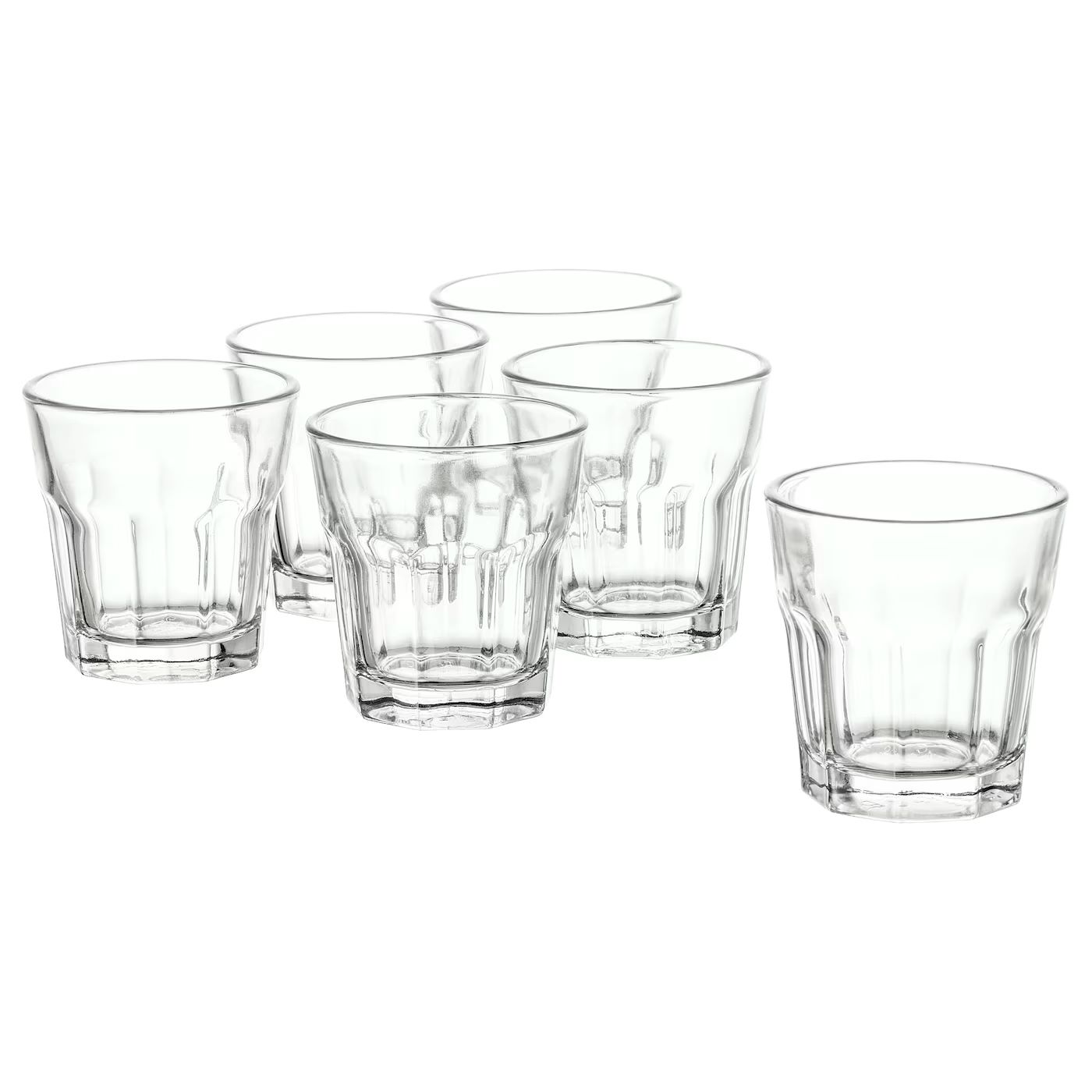
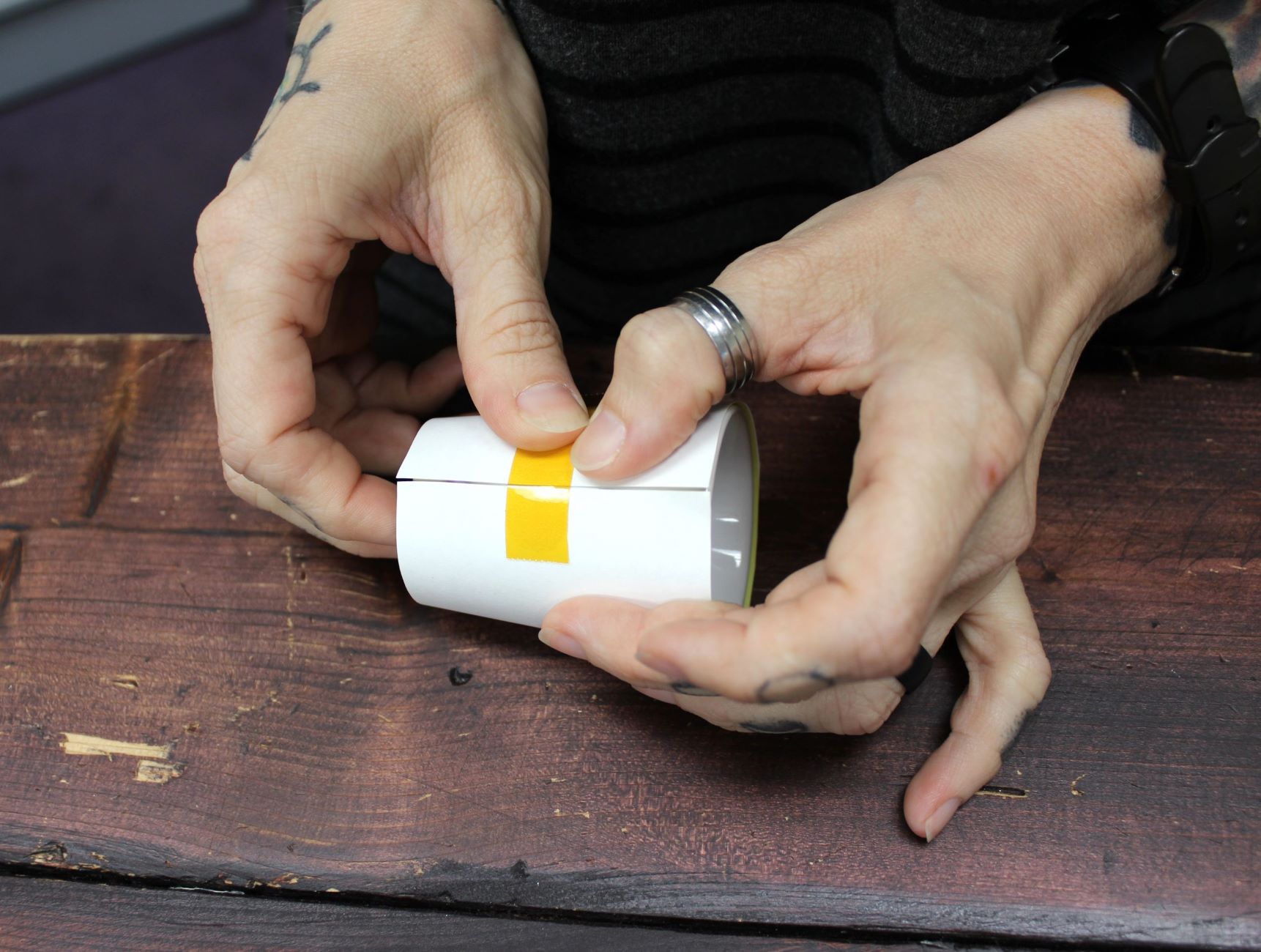
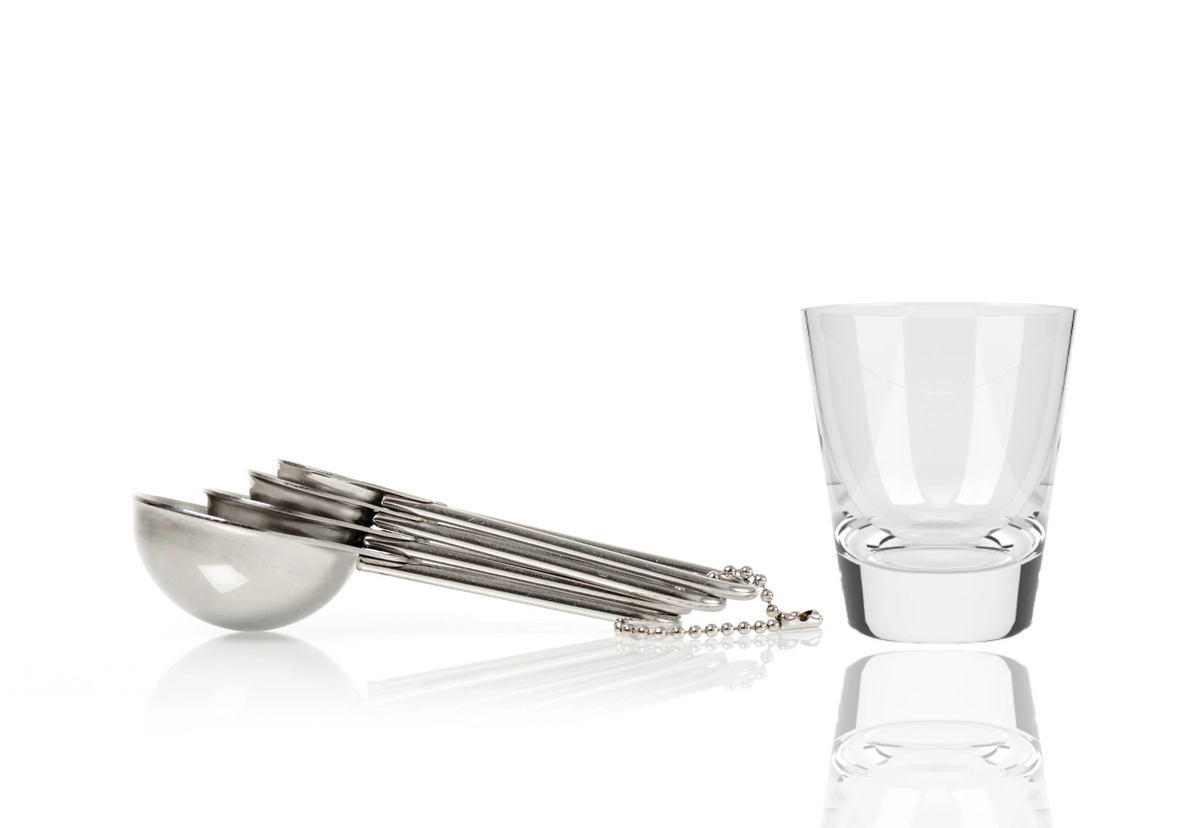
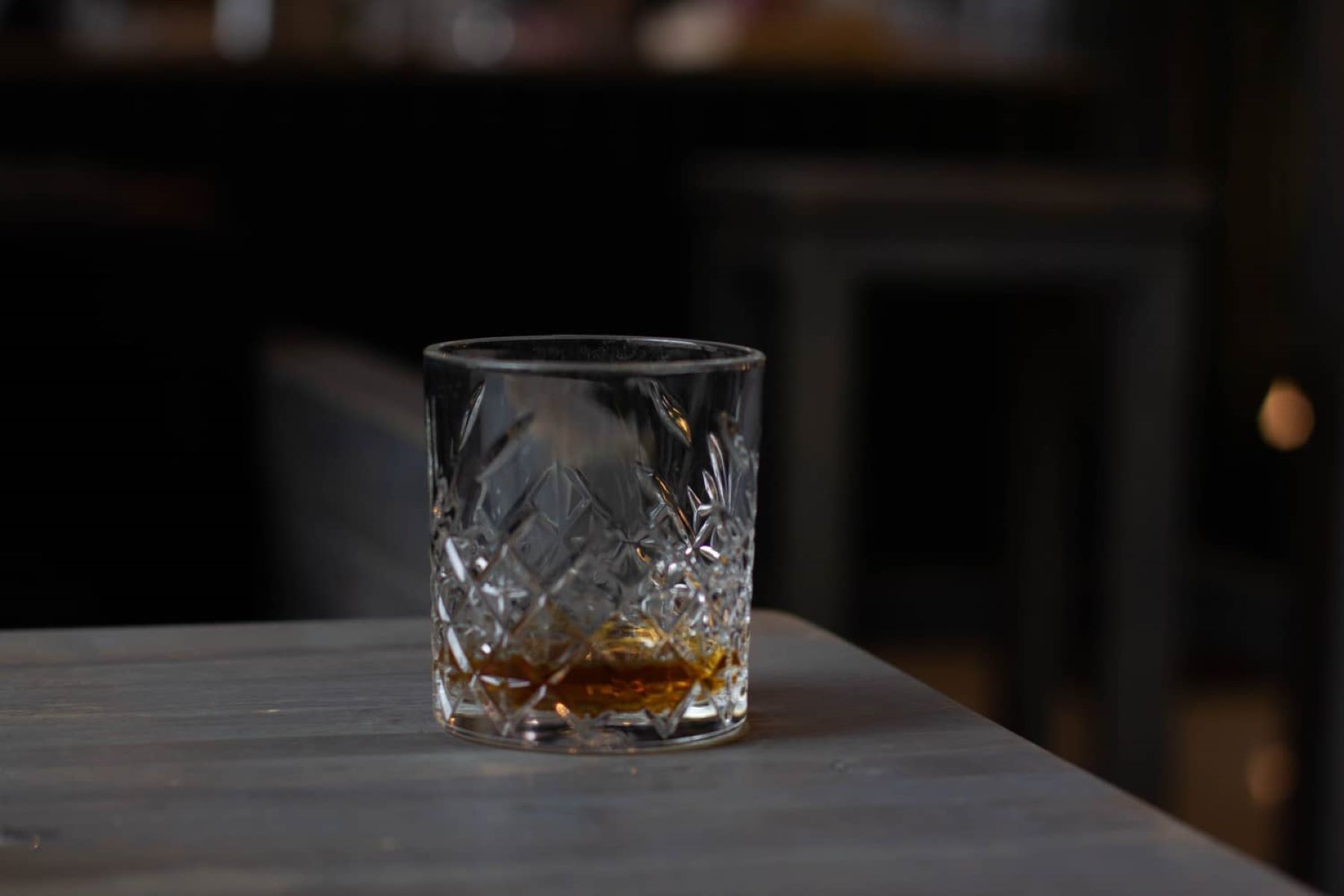

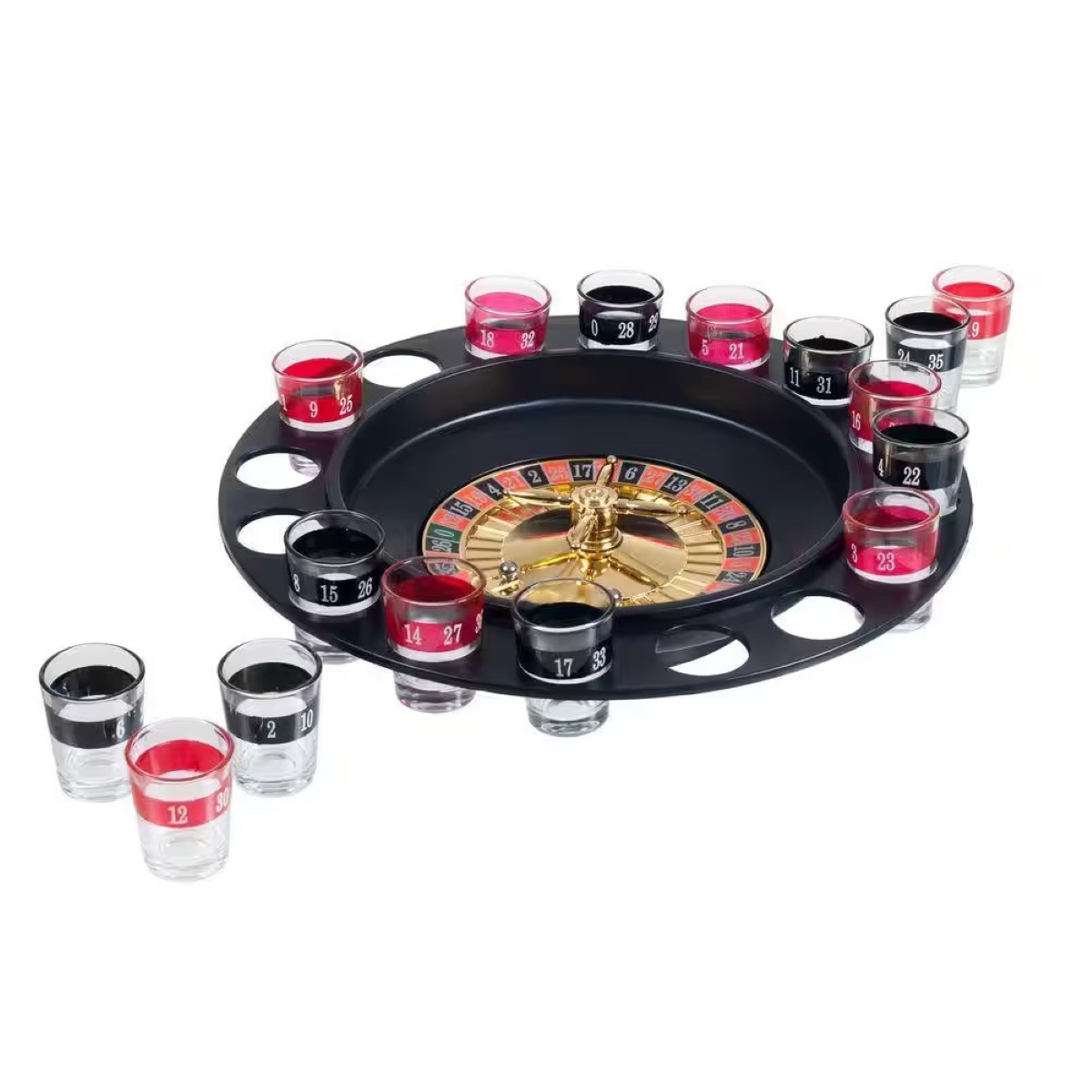
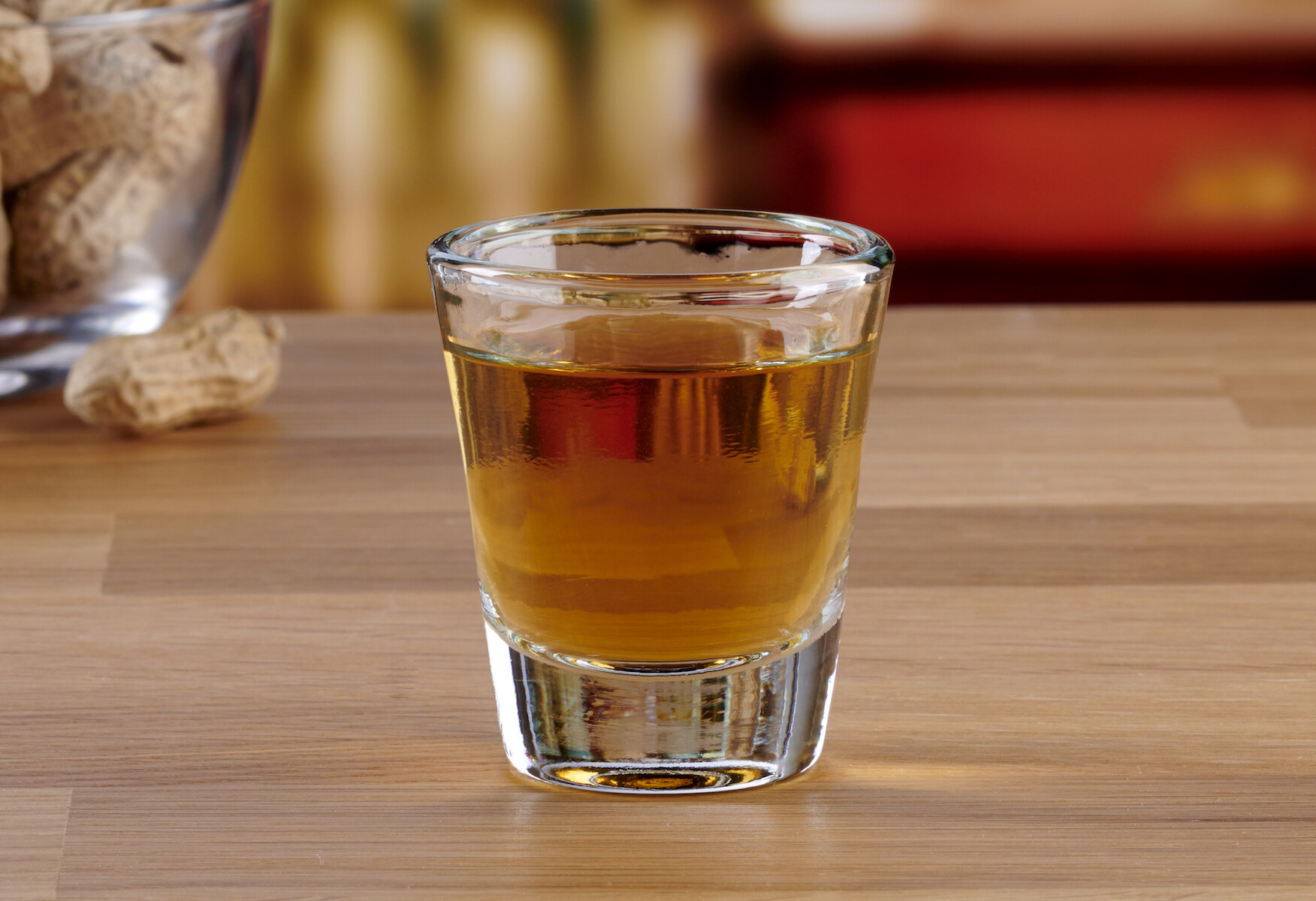
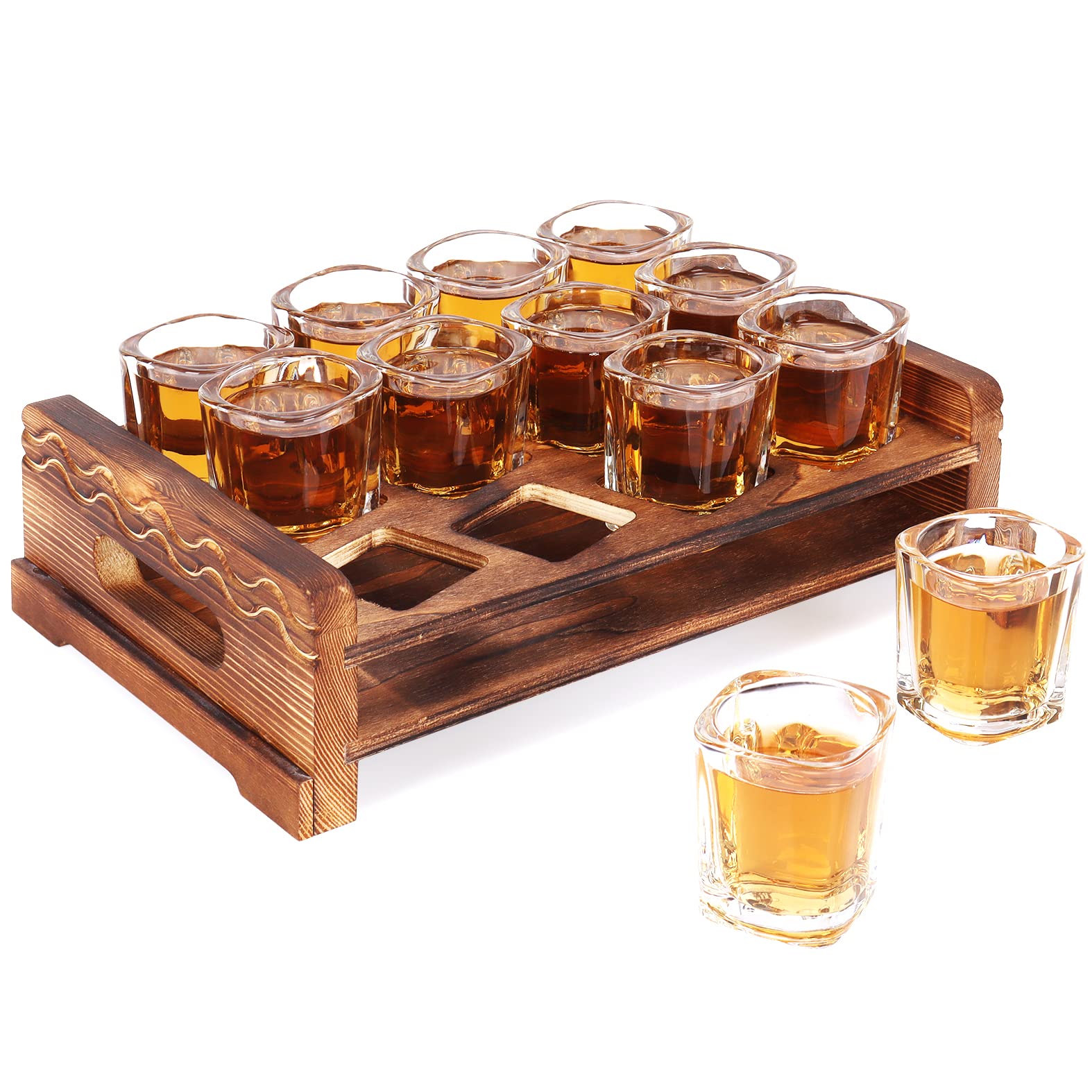
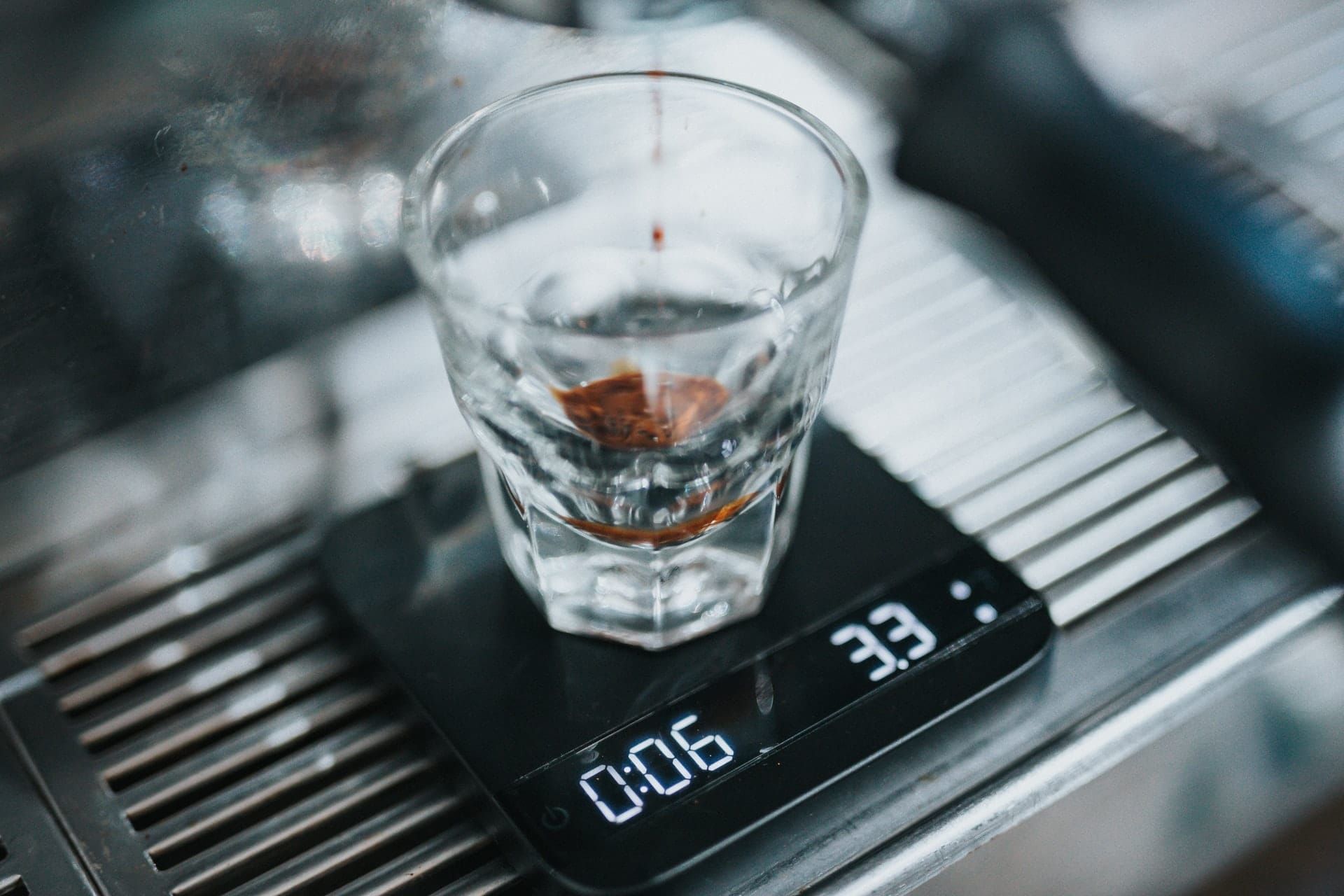

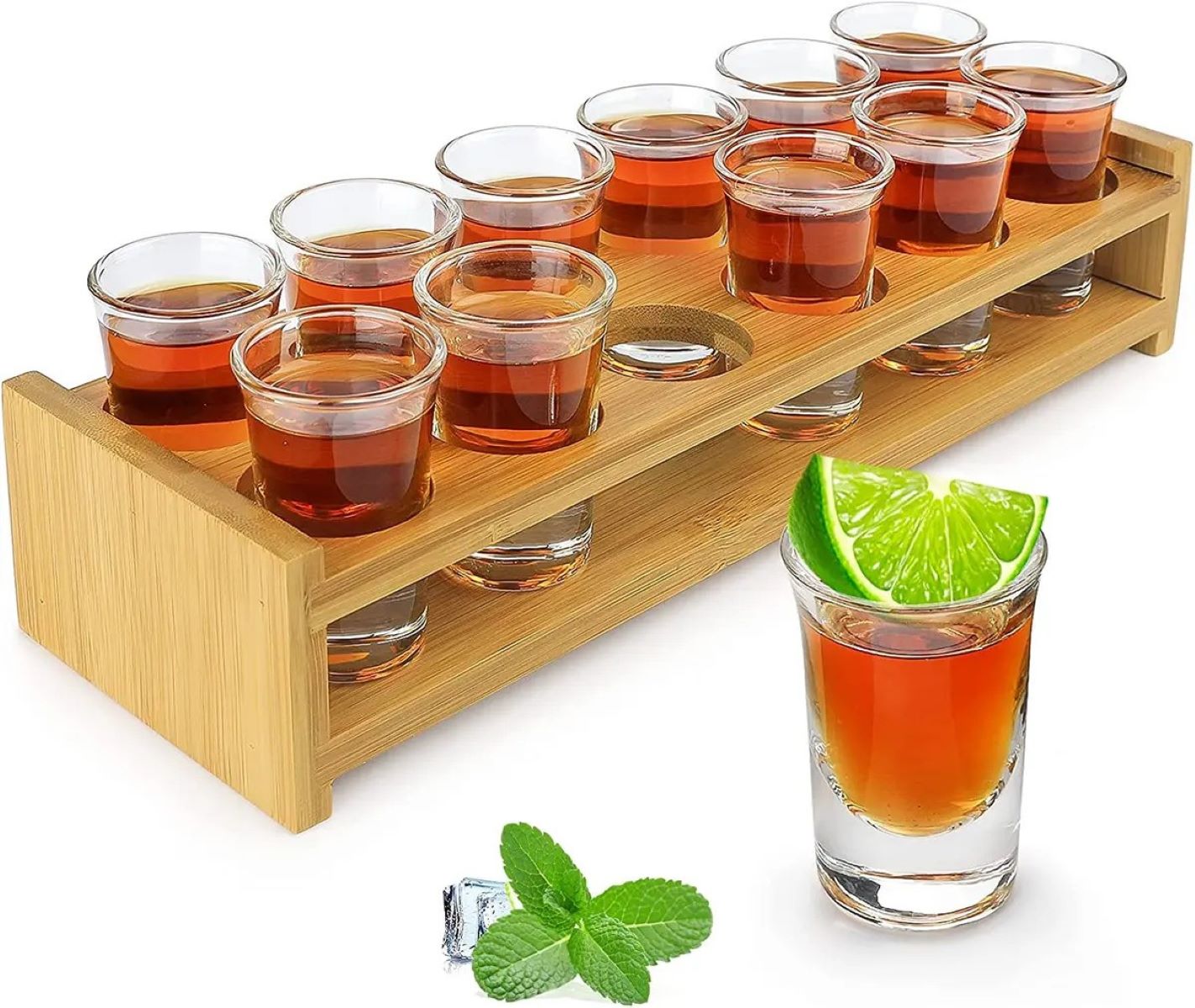

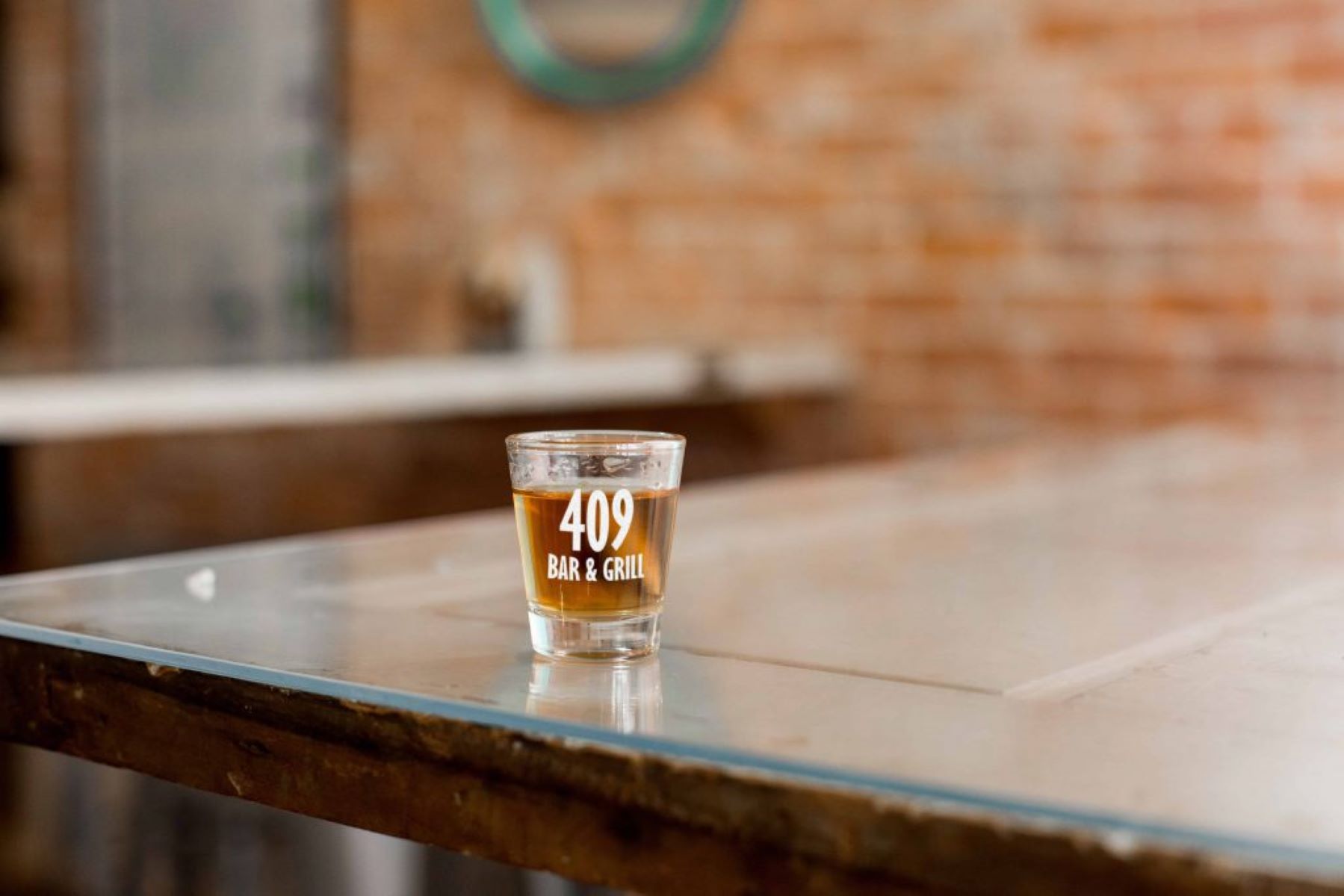

0 thoughts on “How To Make A Shot Glass”